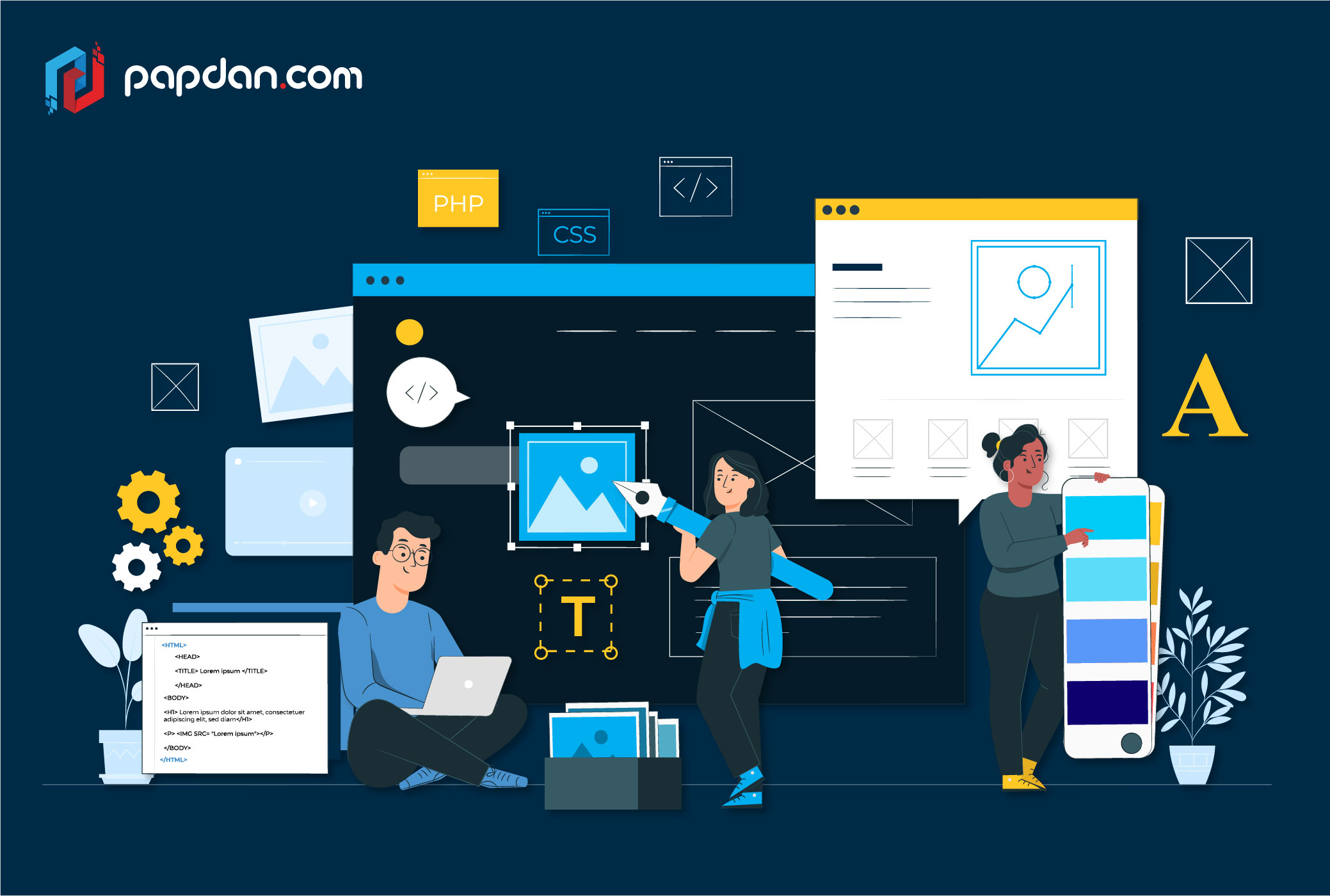Web design is a field that is constantly changing. Those of us who have been in the business for a long time have witnessed the introduction of more technologies, the development of more concepts, and the promise of more growth than most industries experience in a lifetime.
While the tools we use, the language we use, and the goals we strive for change all the time, basic abilities are transferrable and long-lasting, ensuring you not just survive but succeed in the business.
These are traits that you can study and use to help you grow as web designer in 2021, 2022, and beyond.
The fundamentals
HTML, CSS, and JavaScript are the fundamentals of web design. Find out what they are and what they can do will be a tremendous help for you. You must have a thorough understanding of them in order to have an informed boardroom discussion about them. You don’t need to know how to code them, yet I’ve never encountered someone who knew enough about their responsibilities to have a strategic discourse without also knowing how to code them from the ground up.
I’m not referring about frameworks, libraries, or the most up-to-date build tools. Those are essentially macros for programmers. I’m talking about knowing the components of a website so that if someone questions whether the business logo in the site footer is truly necessary, you can respond with facts.
Strategic SEO
There are several aspects of SEO that a website must consider. Technical SEO is what programmers do; if you’re not a programmer, you may ignore it. Marketers perform content SEO; if you’re not a marketing, you may ignore it. Strategic SEO is a macro-view of a site’s plans; strategic SEO should be understood by everyone on every project.
Landing pages, single-page sites, if a blog is essential, and how social media is used in general are all covered in strategic SEO. All other areas of SEO are fed by strategic SEO. It is so important that it influences the very first judgments made regarding a site. Learn more about strategic SEO if you want to do more than just make things seem nice.
Presentation
You’ll have to convey your ideas to someone who doesn’t share your understanding no matter what area of design you’re in. Presenting your ideas is the greatest method to be heard, whether you’re describing the essentials to a customer or explaining your decision-making to a coworker.
A compelling presentation frequently employs the “less is more” strategy. A pitch is most effective when all unnecessary detail is removed, just as a design is finalized when all unnecessary detail is removed.
Metaphor is frequently beneficial, especially if you have a passing understanding of the individual’s field of expertise, because it converts an idea into a format that the person knows and is comfortable with.
Decision Making
From which pair of socks to wear to which cryptocurrency to save your life savings in, life is a series of decisions. We have a limited amount of decision-making energy throughout the day; therefore more decisions you make, the more likely you are to experience decision fatigue.
The majority of individuals waste their decision-making fuel by second-guessing themselves; they make a choice and then recreate it when uncertainty comes in.
The capacity to make and stick to a choice distinguishes individuals who have the energy to make strategic judgments beyond business hours from others who can’t determine what to eat for dinner.

